From my WWII Japanese aviation collection – Japanese ace Saburo Sakai was a contemporary of Hiroyoshi Nishizawa and the mentor of Jun’ichi Sasai. He had an amazing career in the Japanese Navy. Ironically, Sakai never flew from an aircraft carrier in combat!
Originally shared by Pete Panozzo
SABURO SAKAI
Sub-Lieutenant Saburō Sakai (坂井 三郎 Sakai Saburō, 25 August 1916 – 22 September 2000) was a Japanese naval aviator and flying ace (“Gekitsui-O”, 撃墜王) of the Imperial Japanese Navy during World War II.
Sakai had 64 aerial victories (including shared) by official Japanese records,[1] [2] Such discrepancies are common, and pilots’ official scores are often lower than those claimed by the pilots themselves, due to difficulties in providing appropriate witnesses or verifying wreckage, and variations in military reports due to loss or destruction.
Sakai sustained serious injuries from the return fire. He was hit in the head by a 7.62 mm (0.3 in) bullet, blinding him in the right eye and paralyzing the left side of his body. The Zero rolled inverted and was descending toward the sea. Unable to see out of his uninjured eye due to blood from the head wound, Sakai’s vision started to clear somewhat as tears cleared the blood from his eyes, and he was able to pull his plane out of the dive. He considered ramming an American warship: “If I must die, at least I could go out as a Samurai. My death would take several of the enemy with me. A ship. I needed a ship.” Finally, the cold air blasting into the cockpit revived him enough to check his instruments, and he decided that leaning the fuel mixture he might be able to return to the airfield at Rabaul.
Although in agony from his injuries[18] from a bullet that had passed through his skull and the right side of his brain, leaving the entire left side of his body paralyzed, and was left blind in one eye.[19])[dead link] (The wound is described elsewhere as having destroyed the metal frame of his goggles, and “creased” his skull, meaning a glancing blow that breaks the skin and makes a furrow in, or even cracks the skull, but does not actually penetrate it.) Sakai managed to fly his damaged Zero in a four-hour, 47-minute flight over 560 nmi (1,040 km; 640 mi) back to his base on Rabaul, using familiar volcanic peaks as guides. When he attempted to land at the airfield he nearly crashed into a line of parked Zeros but, after circling four times, and with the fuel gauge reading empty, he put his Zero down on the runway on his second attempt. After landing, he insisted on making his mission report to his superior officer before collapsing. His squadron mate Hiroyoshi Nishizawa drove him to a surgeon. Sakai was evacuated to Japan on 12 August, where he endured a long surgery without anesthesia. The surgery repaired some of the damage to his head, but was unable to restore full vision to his right eye. Nishizawa visited Sakai while he recuperated in the Yokosuka hospital in Japan.
photo 1: PO2/c Sakai in the cockpit of a Mitsubishi A5M Type 96 fighter (Hankow airfield, China in 1939)
photo 2: Sakai posing in front of the hinomaru on his Mitsubishi A5M Type 96 fighter (Wuhan, 1939).
photo 3: Saburō Sakai as a petty officer wearing life preserver
photo 4: Rabaul, 8 August 1942: A seriously wounded Sakai returns to Rabaul with his damaged Zero after a four-hour, 47-minute flight over 560 nmi (1,040 km; 640 mi). Sakai’s skull was penetrated by a machine-gun bullet and he was blind in one eye, but insisted on making his mission report before accepting medical treatment.
photo 5: Sakai’s A6M2 Zero, tail code V-173, preserved at the Australian War Memorial in Canberra[24]
Read more at: https://en.m.wikipedia.org/wiki/Sabur%C5%8D_Sakai
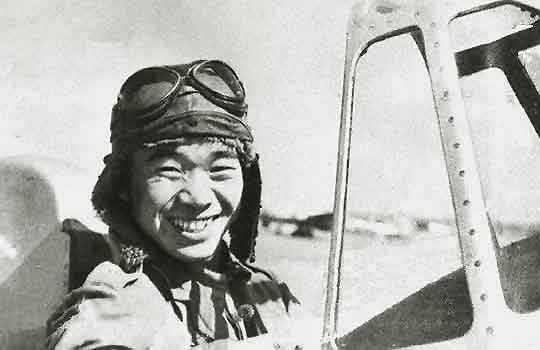
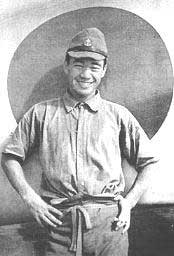
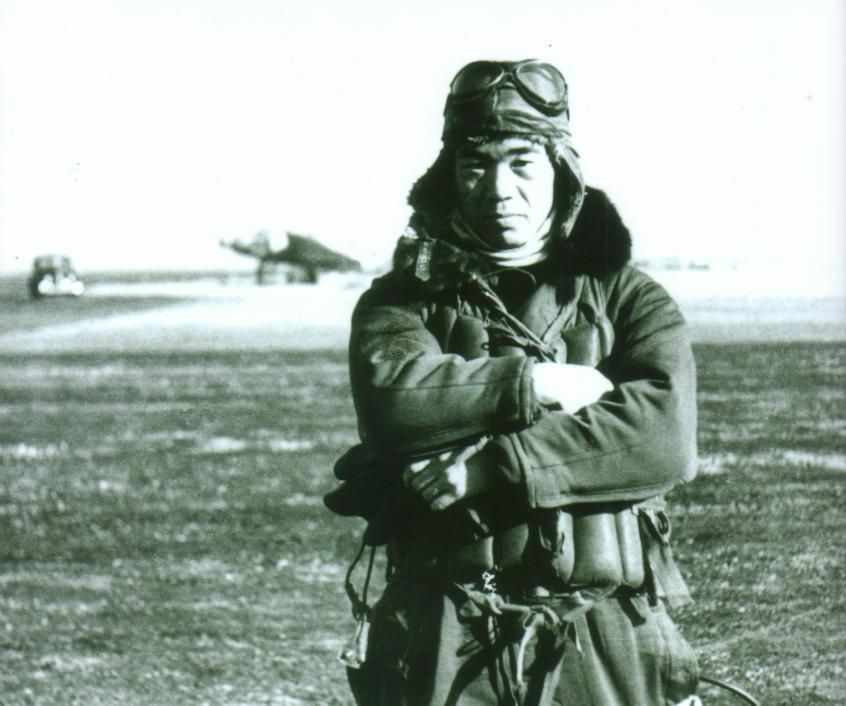

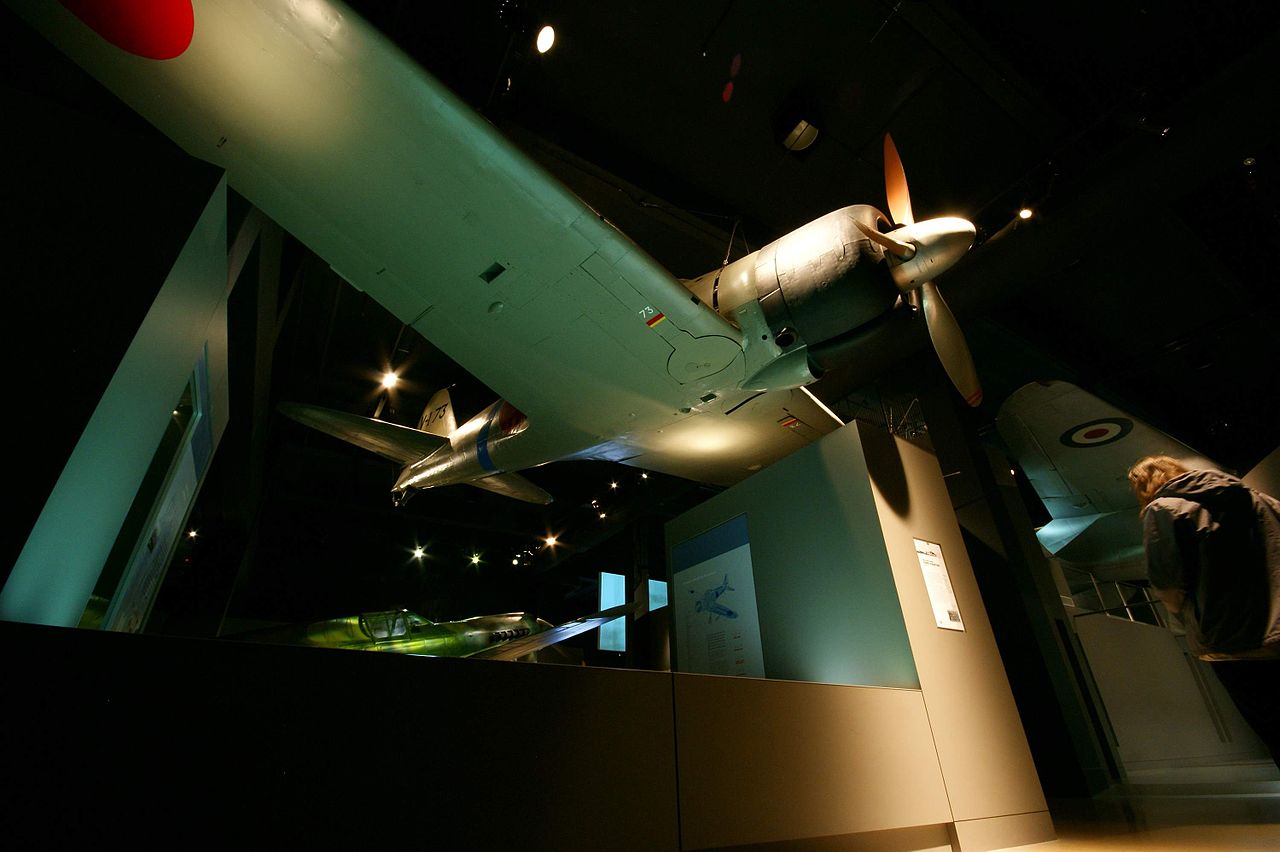
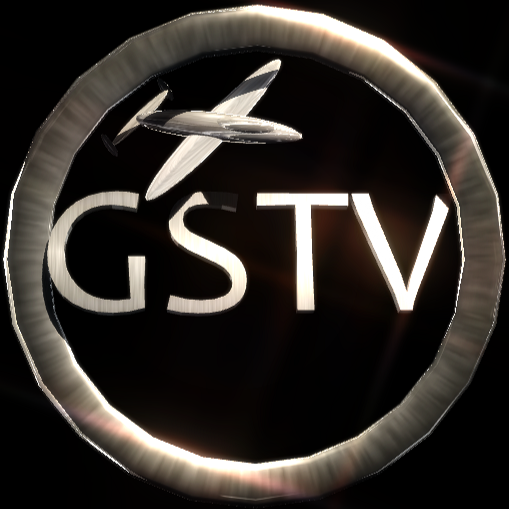
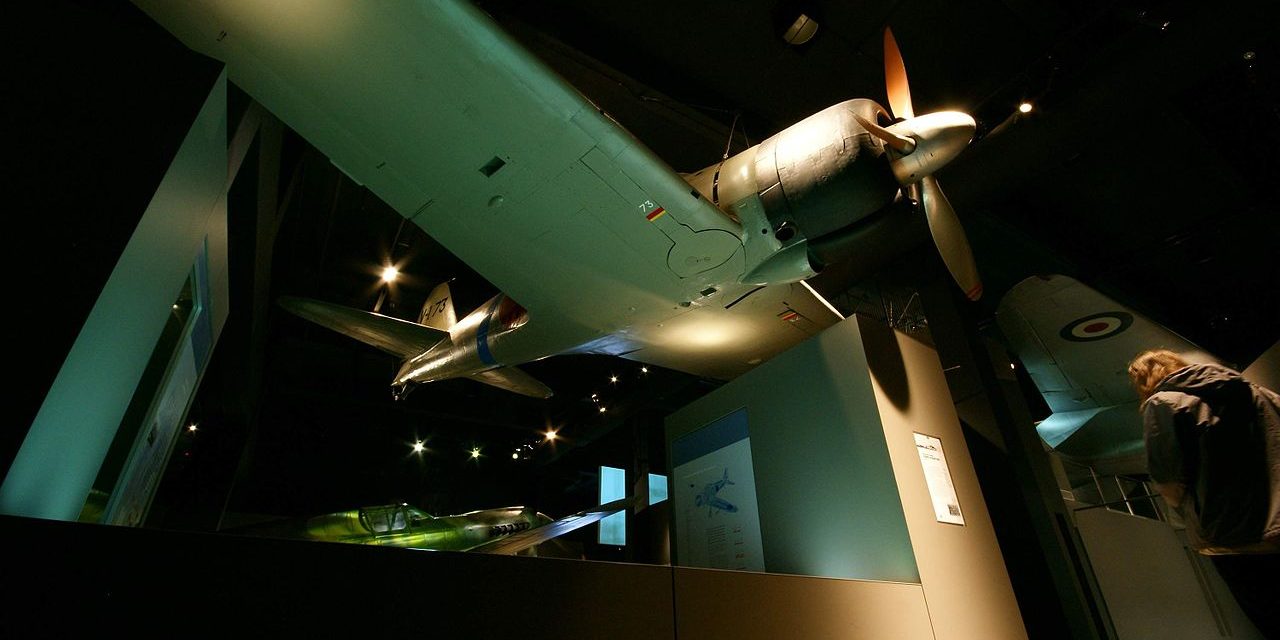
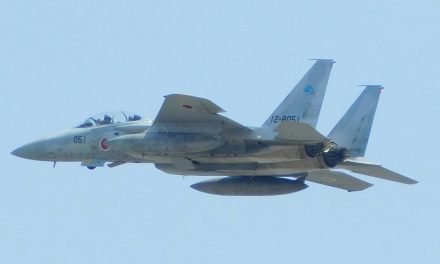
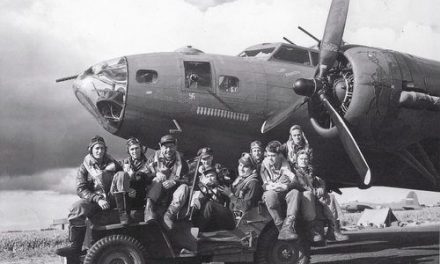
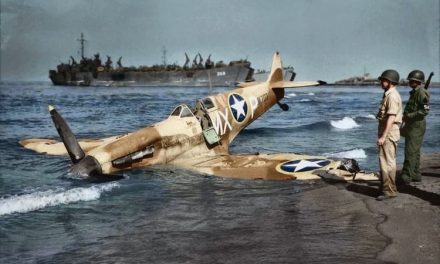
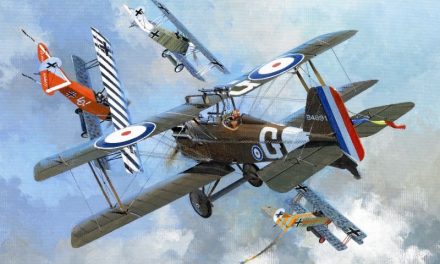
Recent Comments